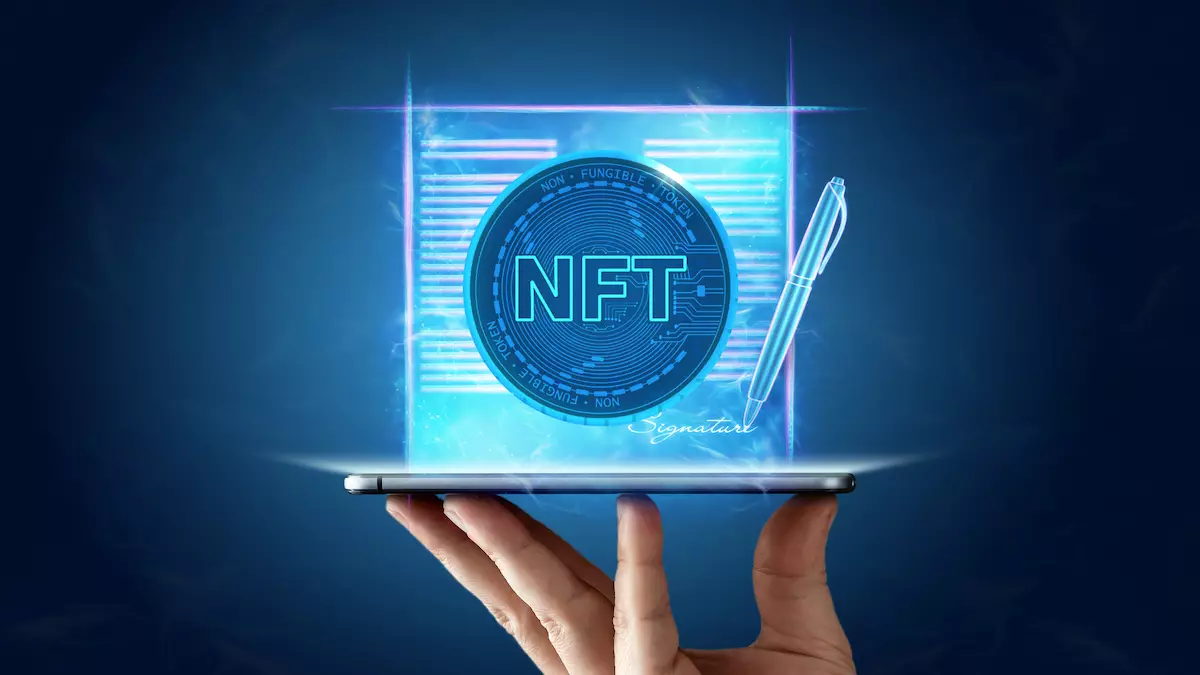The landscape of technology is constantly evolving, and with it, the concept of digital ownership and interaction is being redefined. One significant development in this realm is the emergence of Autonomous NFTs (Non-Fungible Tokens). Autonomous NFTs blend the uniqueness of NFTs with the self-executing properties of smart contracts, taking the concept of NFTs to a whole new level. In this article, we will explore what Autonomous NFTs are, how they function, and the potential impact they can have on various industries.
Autonomous NFTs take the idea of NFTs further by introducing self-governing features into these digital assets. They go beyond being unique digital items and are programmed to execute specific actions automatically under certain conditions, thanks to the utilization of smart contracts. This integration of self-executing properties has the potential to revolutionize digital asset technology, introducing advanced features such as decentralized governance, machine learning adaptability, and real-world data connectivity.
At the core of Autonomous NFTs are smart contracts, which are coded contracts with predefined terms. These contracts enable NFTs to perform actions like transferring ownership, releasing content, and even interacting with other NFTs, all without the need for a third-party intermediary. Unlike traditional NFTs that primarily prove ownership, Autonomous NFTs can be programmed to evolve over time, respond to external data, or integrate with other digital ecosystems, offering users a dynamic and interactive experience.
One industry that can be profoundly impacted by Autonomous NFTs is the world of digital art. Artists can program royalties directly into their NFTs, ensuring they receive compensation every time their artwork is sold. Additionally, Autonomous NFTs can bring new layers of interaction and history to collectibles. These tokens can change their appearance or unlock new content based on specific triggers, creating a captivating and ever-evolving narrative for the owner.
Autonomous NFTs have the potential to propel the metaverse into a new era of engagement by taking on roles as non-playable characters (NPCs). They can offer players interactive quests and dynamic storylines, making virtual experiences more lively, collaborative, and immersive. Blockchain game creators can leverage Autonomous NFTs to develop avatars with wearable NFTs that dynamically shift in shape, color, and design based on real-time updates and in-game changes.
In the financial sector, Autonomous NFTs can represent shares in physical assets like real estate or artwork. These tokens can autonomously distribute earnings based on asset performance or usage. Smart contracts within autonomous NFTs can facilitate transactions like mortgages or leases, automatically enforcing terms and managing payments, eliminating the need for traditional banking services.
Autonomous NFTs also offer enhanced protection for creators’ intellectual property rights. By embedding copyright and licensing information within the NFT, creators maintain control over how their work is used. However, enforcing these rights in the digital realm poses complex challenges, and effective solutions for monitoring and enforcing IP rights need to be developed as the technology evolves.
Regulatory and Technical Challenges
As with any emerging technology, Autonomous NFTs face regulatory challenges. It is essential to ensure compliance with existing laws and develop new frameworks to govern their use. Moreover, the security of Autonomous NFTs relies on the input data they receive. If compromised through breached oracles, their security can be compromised. Additionally, the complexity of smart contracts and scalability limitations of blockchains can pose challenges for widespread adoption. Overcoming these hurdles is crucial for the large-scale implementation of Autonomous NFTs.
The future of Autonomous NFTs holds great promise for a more interactive and dynamic digital world. As technology advances, these tokens will become more sophisticated, enabling richer digital experiences. They can foster innovation in ownership and monetization models, providing new avenues for creativity and business. Autonomous NFTs can actively participate in decentralized decision-making processes through mechanisms like voting or staking, allowing them to engage in governance roles, adapt their actions based on community feedback, and manage resources accordingly.
Autonomous NFTs represent not only a new form of asset but a groundbreaking way for creators, collectors, and users to engage with the digital world. Their autonomous nature and ability to interact with their environment can revolutionize various industries, including art, entertainment, finance, and real estate. As more people become aware of the possibilities offered by Autonomous NFTs, their adoption is likely to accelerate, leading us into a future where digital and physical assets coexist on the blockchain, and ownership is as dynamic and multifaceted as the assets themselves.














Leave a Reply